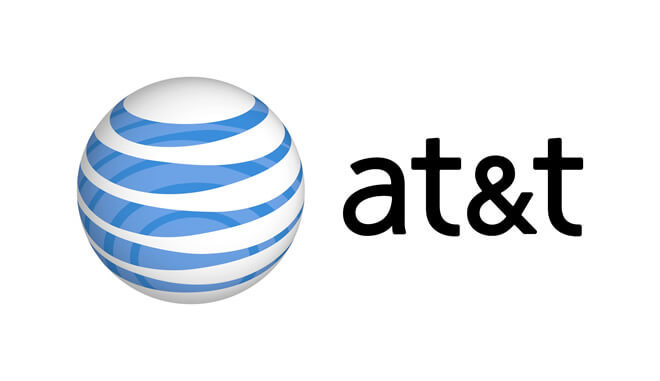Methods for Increasing Page Speed and Improving Search Engine Rankings
Google recently announced it plans to begin factoring in page speed more heavily with regards to search engine rankings. This change is being made because studies have shown that quicker sites create happier users. Therefore, ecommerce merchants must adapt to this algorithm change. As a merchant, improving your speed will depend on how easily you are able to change several technical factors in the page code.
For those new to ecommerce, page speed should not be your priority. Creating high quality, relevant content is the most important step. On the other hand, for those looking to gain an edge against the competition while giving users the best experience, this adaptation is necessary.
RELATED: Selecting an SEO-Oriented Web Hosting Plan
It is important to first assess your website by utilizing the Google Webmaster Tools. This resurce will assess the performance from your website. Google considers any website that takes more than two seconds to load as slow. This equates to a much lower rank of your pages. For those with load times much higher than two seconds, you may need to make structural changes to your website.
To find areas of improvement, use the Firebug extension for Firefox. This will evaluate the performance of your page in 30 different categories. Each item is clickable and provides addition information from Google. Those with the strongest impact on speed will be shown with a small red bullet.
RELATED: WordPress and Search Engine Optimization – Facts to Consider
The most common page speed factors include:
- Image Optimization
- CSS and JavaScript references
- Browser Caching
- Minify HTML and CSS
Image optimization ensures the images on your page are sufficiently compressed. Be sure to specify the image dimensions in your HTML code so the web browser does not need to work any harder to render a web page. This will result in much slower load times. CSS and JavaScript references are embedded resources that must be setup efficiently. This typically includes consolidating the number of external CSS and JavaScript files.
Browser caching are files stored locally to help web pages load quicker and operate more efficiently. For the majority of web server platforms, you can adjust the expiration of the cache files. Finally, minification is the reduction of extra space and unnecessary characters on a web page. This includes blank lines in the HTML code and extraneous characters.
RELATED: A Closer Look at SEM Basics
By improving the speed of your web pages, you will rank higher in Google and make access to your site much easier. The aforementioned tips can help you achieve that speed and efficiency with a minimal amount of work.




